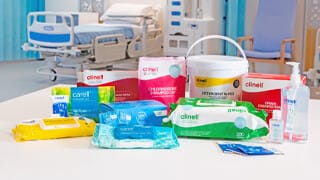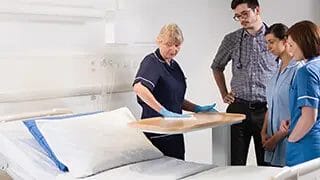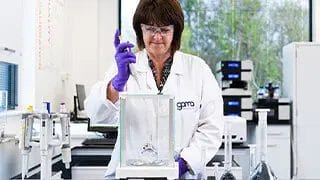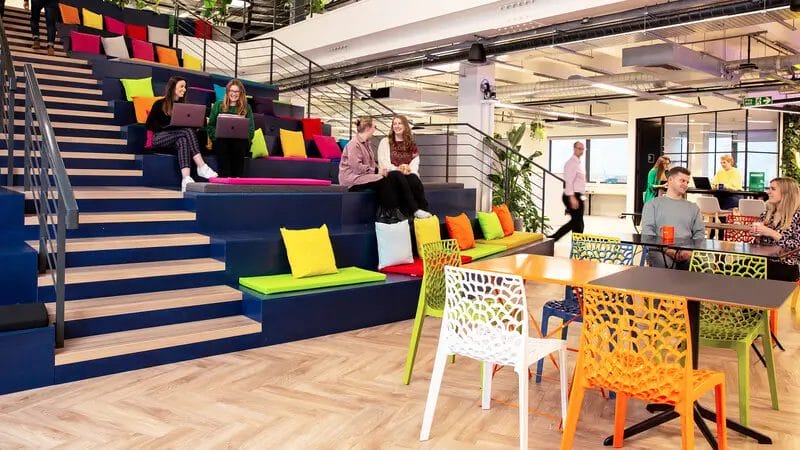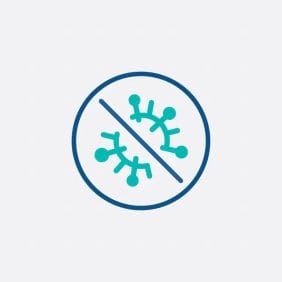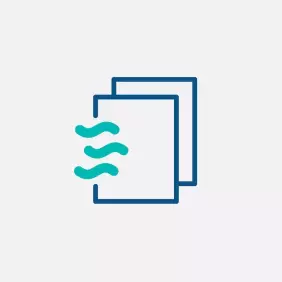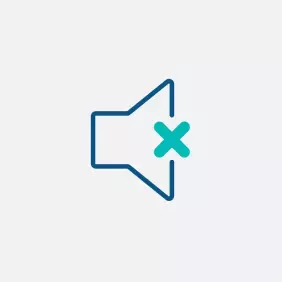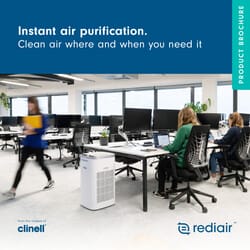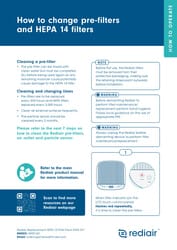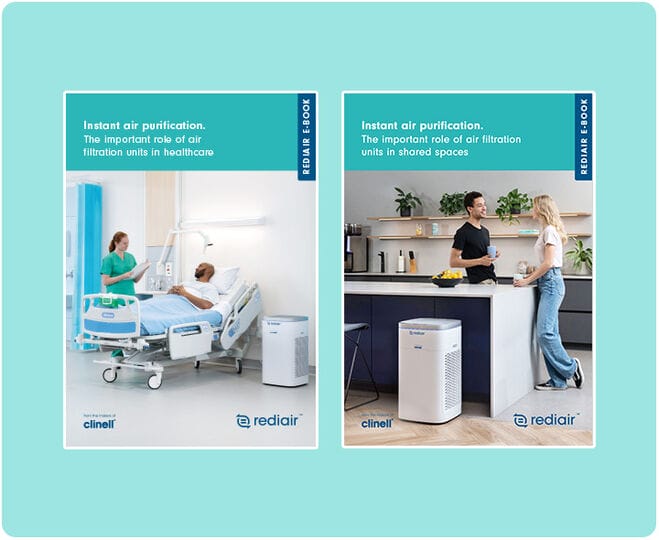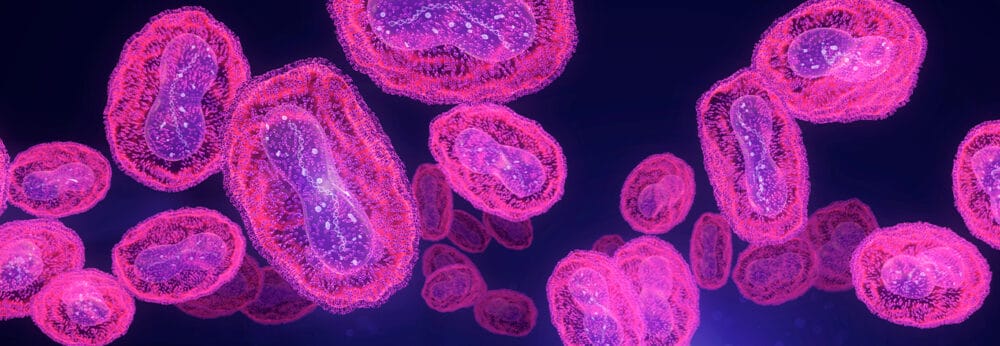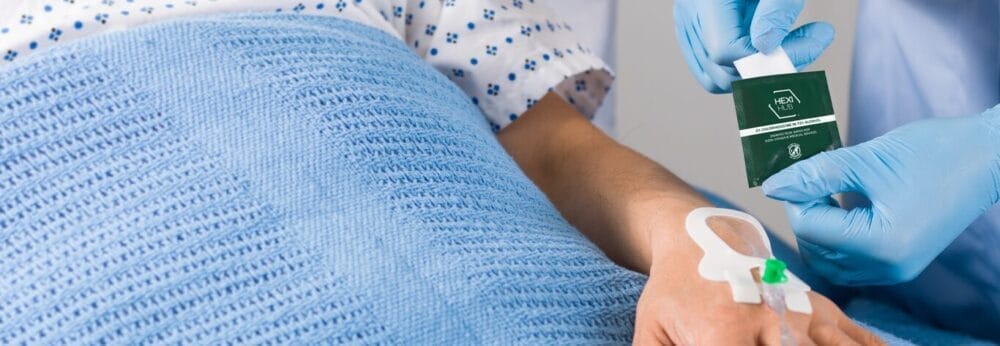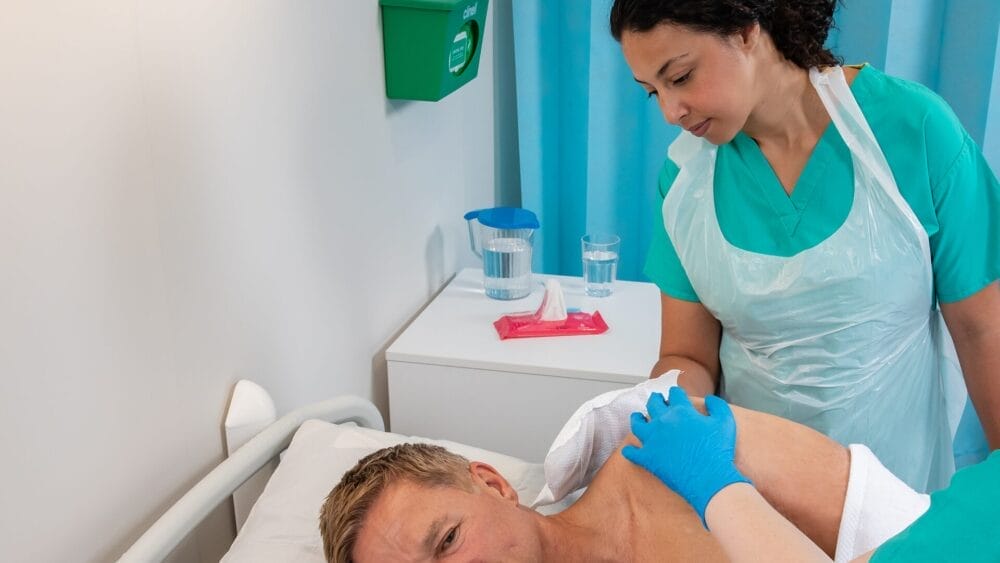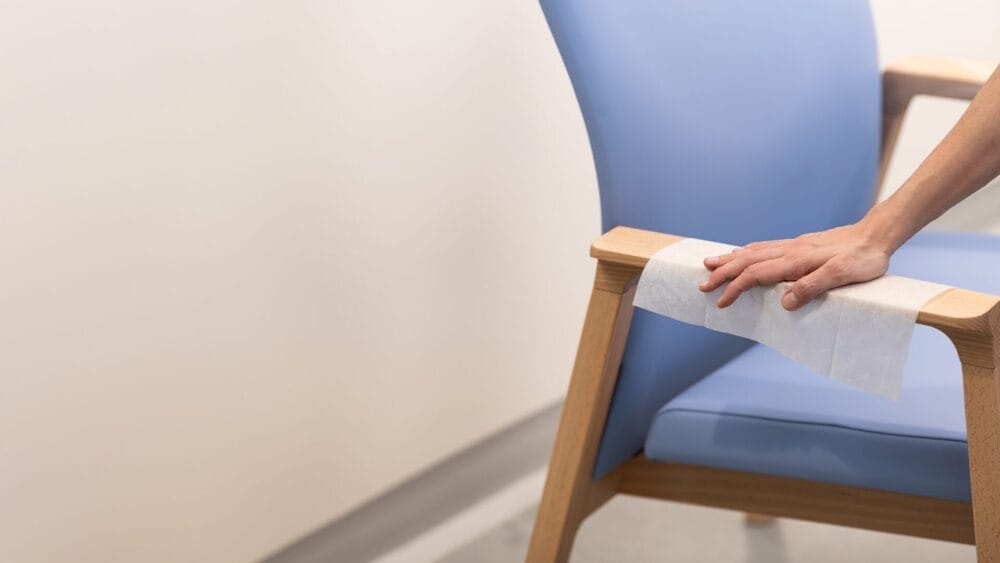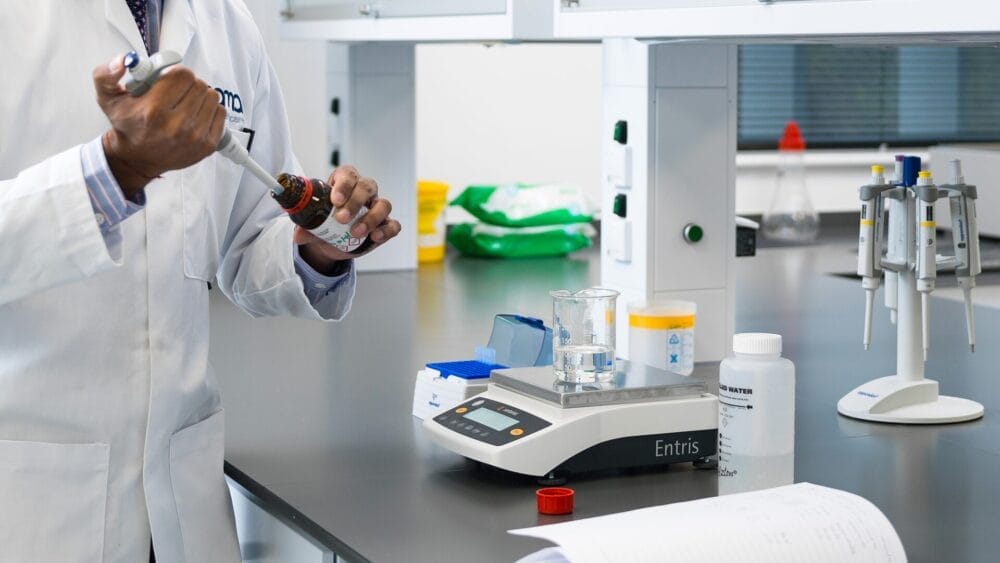Rediair makes poorly ventilated spaces safer
10x more effective than HEPA 13
Two carbon composite HEPA 14 filters work in tandem with the dual centrifugal intake fans to capture particulates, odours and 99.995% of airborne pathogens.
High clean air delivery rate
Despite its small form factor, Rediair has an exceptionally high clean air delivery rate (CADR) of up to 600m3/h.
Ultra quiet
Rediair is surprisingly quiet when in normal use. With its 4 modes of operation, Rediair is designed to decontaminate without causing distraction.
Rediair
Rediair is an instant air purification device, providing clean air where & when you need it. Capturing particulates, odours and 99.995% of airborne pathogens.
Rediair provides an almost instant air purification solution for poorly ventilated spaces.
At the heart of Rediair are dual HEPA 14 and carbon filters. These filters capture 10x the particles of a HEPA 13 machine. Adaptable to any situation, Rediair has 4 different operating modes that begin to decontaminate the surrounding air, within seconds.
While trapping particles and odours, Rediair was designed to capture airborne pathogens like bacteria, fungi & viral aerosols.
NHS England has released newly developed guidelines on air filtration, highlighting HEPA-filtered air cleaners as one way to remain compliant with the recommended standards.
Get in touch
For any questions you may have, and to learn more about how Rediair can address the new NHS guidelines on air filtration, please contact your local GAMA representative, or use the form below.
| Product | Code | NHSSC |
|---|---|---|
| Rediair Air Purifier (UK) | RAIR-UK | MFB1151 |
| Rediair Air Purifier (Europe) | RAIR-EU | - |
| Rediair Replacement HEPA 14 Filter Pack | RAIR-S01 | MFB1143 |
Contact your local distributor, email info@gamahealthcare.com or fill in form below to enquire about replacement filters.
What is a HEPA 14 and how does it compare to others?
‘HEPA’ stands for ‘High Efficiency Particulate Air’. HEPA filters are classed according to the percentage of particulates that they remove. The HEPA filters in Rediair are classed as ‘H14’, meaning they remove at least 99.995% of particles down to 0.3µm. That’s small enough to trap allergens, individual bacteria, fungi and viruses within aerosols.
The HEPA 14 filters in Rediair trap 10x more particulates than an HEPA 13 filter – the filter class most commonly found in domestic air purifiers.
How does the machine determine that air quality is poor to automatically increase flow?
Rediair uses infrared refraction to measure the concentration of particulates in the air. Within Rediair, there’s an infrared light and sensor that continually monitor particulate concentration.
As particulate concentration increases, it changes the way infrared light moves through the air. The sensor picks this up and Rediair converts this data into a reading of particulates under 2.5 micrometres (PM2.5). This information is displayed on the main Rediair control panel and via the colour-change LED strip. In auto mode, Rediair will adjust fan speed in real time, aiming to keep the concentration of PM2.5 under 50µg/m3.
Auto mode is the only mode in which Rediair will adjust fan speed automatically.
How often do you need to change the filters?
The composite HEPA and carbon cloth filters in Rediair are rated for 3000 hours of continuous filtration. We recommend changing the filters every 3000 hours of use, or every 6 months, to keep your Rediair unit filtering as effectively as possible and to avoid placing undue stress on the fan motors.
Rediair will automatically notify you when the filter is due to be changed. When the ‘filter’ indicator lights up continuously red on the LCD touch panel, it’s time to change the filters.
For a step-by-step guide, or demonstration video, on how to change the filters in your Rediair unit, see our online resources.
Does Rediair have added UV? Does adding UV improve air filtration?
The antimicrobial properties of UV-C have been employed for disinfection of air, water and non-porous surfaces for some time. However, susceptibility to UV-C depends on numerous factors including lamp intensity, distance and the type of microorganisms being assessed.
Killing of pathogens by UV radiation takes several minutes of contact time. This renders it ineffective in portable HEPA filters where several litres of air can pass through the machine every minute.
At a distance of only 3cm, UV-C and UV-A irradiation together took 3 minutes of exposure to kill just 99% of bacteria1. The HEPA 14 filtration in Rediair, by contrast, will remove over 100x more pathogens by air filtration alone.
A report published by the CDC, reviewed in 2019, concluded that UV could not be recommended as a substitute for HEPA filtration2. They also concluded that use of UV and HEPA filtration together offered minimal benefits over use of a HEPA filter alone2.
1. Centers for Disease Control and Prevention. Healthcare Infection Control Practices Advisory Committee (HICPAC): Guidelines for Environmental Infection Control in Health-Care Facilities.; 2019.
2. Heilingloh CS, Aufderhorst UW, Schipper L, et al. Susceptibility of SARS-CoV-2 to UV irradiation. American Journal of Infection Control. 2020;48(10):1273-1275. doi:10.1016/j.ajic.2020.07.031
What is the throughput of air through Rediair? Can you turn the units up or down?
Each Rediair unit has a Clean Air Delivery Rate (CADR) up to 600m3 per hour.
In manual mode, you can set the CADR to a fixed rate. Turbo mode fixes Rediair into the maximum CADR of up to 600m3/h. In auto mode, Rediair will monitor the concentration of particulates in the air and adjust the CADR in real time to maintain air quality.
How noisy is the Rediair unit?
At 3 metres distance, Rediair produces between 22 and 66 decibels (A-weighted) depending on fan speed. These lie well below safe levels outlined by government bodies, such as the UK’s Health and Safety Executive or the USA’s CDC.
In areas where noise is a concern, we recommend running Rediair in auto mode. This will automatically reduce the fan speed when the airborne particulate levels are under 50µg/m3 and, therefore, keep noise levels to a minimum. Equally, night mode reduces fan speed and turns off all system lights to allow for undisturbed sleep.
Where should I position Rediair to maximise air changes? What evidence do you have that you won’t end up with very clean air in a small part of the room?
Every space is different but we recommend positioning Rediair away from any obstructions, or natural ‘dead spots’ for air circulation. In rooms with existing mechanical ventilation, avoid placing Rediair where it may disrupt established airflows.
When using multiple Rediair units, space them as evenly around the room as possible.
The dual side intakes and upwards output of Rediair is designed to encourage good air mixing. Rediair has been shown to reduce airborne particulates in the far corners of a room.
Contact us for more information
To learn more about the benefits of air filtration and how it can help your organisation, request a Rediair demonstration or to pre-order your Rediair unit today, please fill out the form. We will be in touch with you as soon as possible to discuss your request.
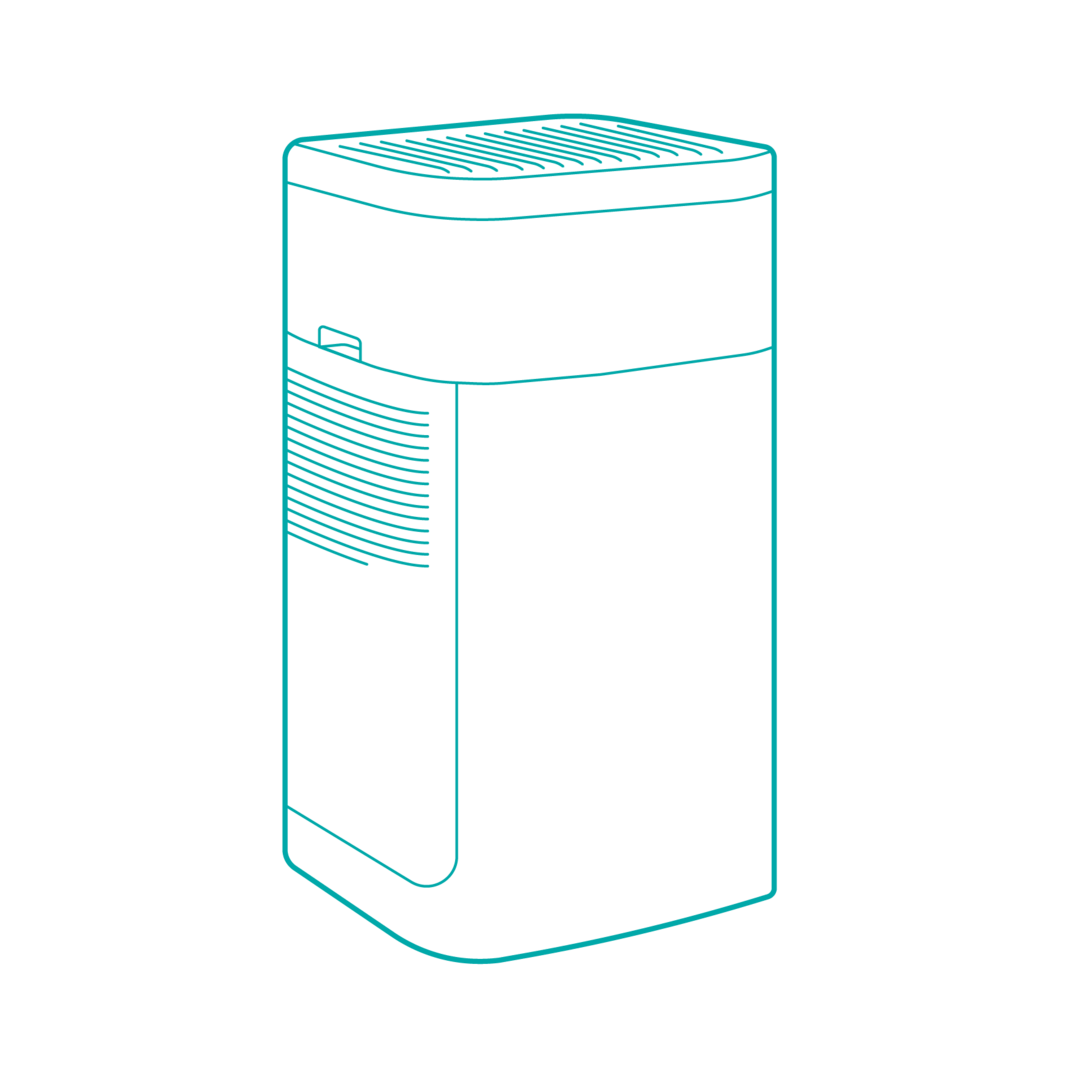
Recommended for you
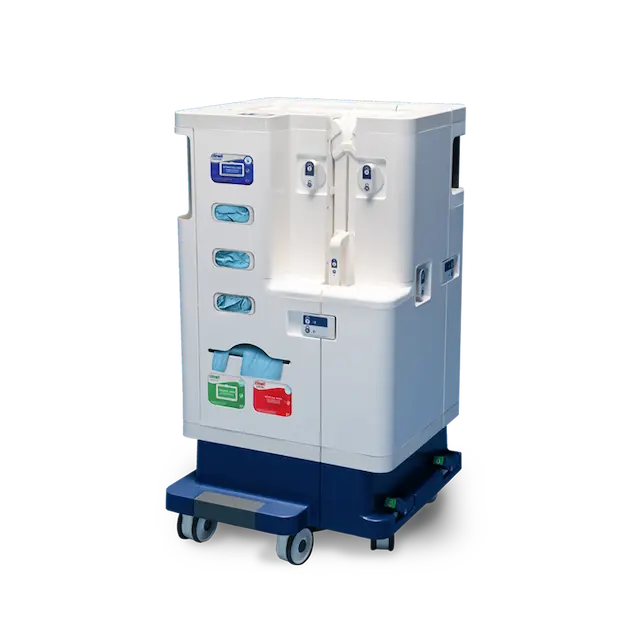
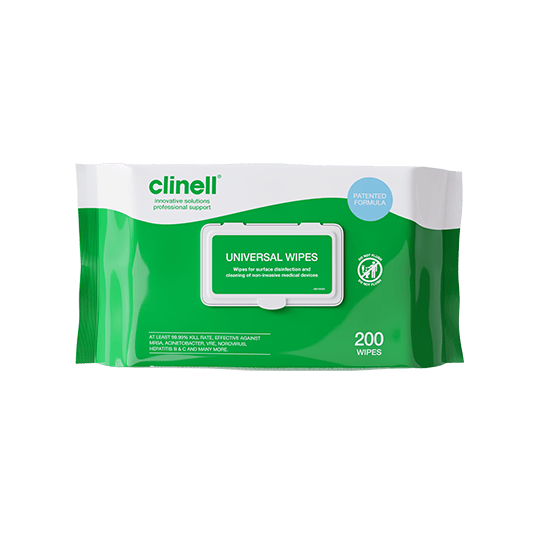

Violet Room Sanitiser
Highly-efficient UVDI room sanitiser with proven efficacy against MRSA and <i>C. diff</i>. High-quality, user-friendly design for ultra-fast room turnaround.
Latest
Celebrating 20 Years of GAMA Healthcare: Our Story
This month, GAMA Healthcare celebrates 20 years of helping prevent…
Norovirus: Understanding its transmission and prevention in the UK
Introduction Norovirus is recognised as the leading cause of viral gastroenteritis…
Clean Between to Reduce Healthcare-Associated Infections
Healthcare-associated infections (HAIs) are a significant concern for healthcare facilities…
Mpox: emergence of a new threat
A new threat related to mpox is emerging, in the…
Wiping away infections – the CLEEN way!
Cleaning shared medical equipment with a disinfectant wipe at least…
Embracing sustainability and cost savings: The journey of Clinell Indicator Notes to paper-based solutions
At GAMA Healthcare, we’ve always prided ourselves on being at…
Introducing HEXI HUB: A seamless transition in our product line
We’re pleased to announce an update to our product offering…
Innovative solutions for tackling Carbapenemase-producing Enterobacteriaceae (CPE) at King’s College Hospitals
King’s College Hospital NHS Foundation Trust, one of London’s largest…
Gloves Off: reducing unnecessary plastic waste during environmental cleaning and disinfection
In this blog, Dr Phil Norville discusses the momentum-gaining ‘Gloves…
Gloves Off: Navigating SDS sheets and skin safety claims in environmental decontamination products
In this blog, James Clarke (Head of R&D, Science &…

